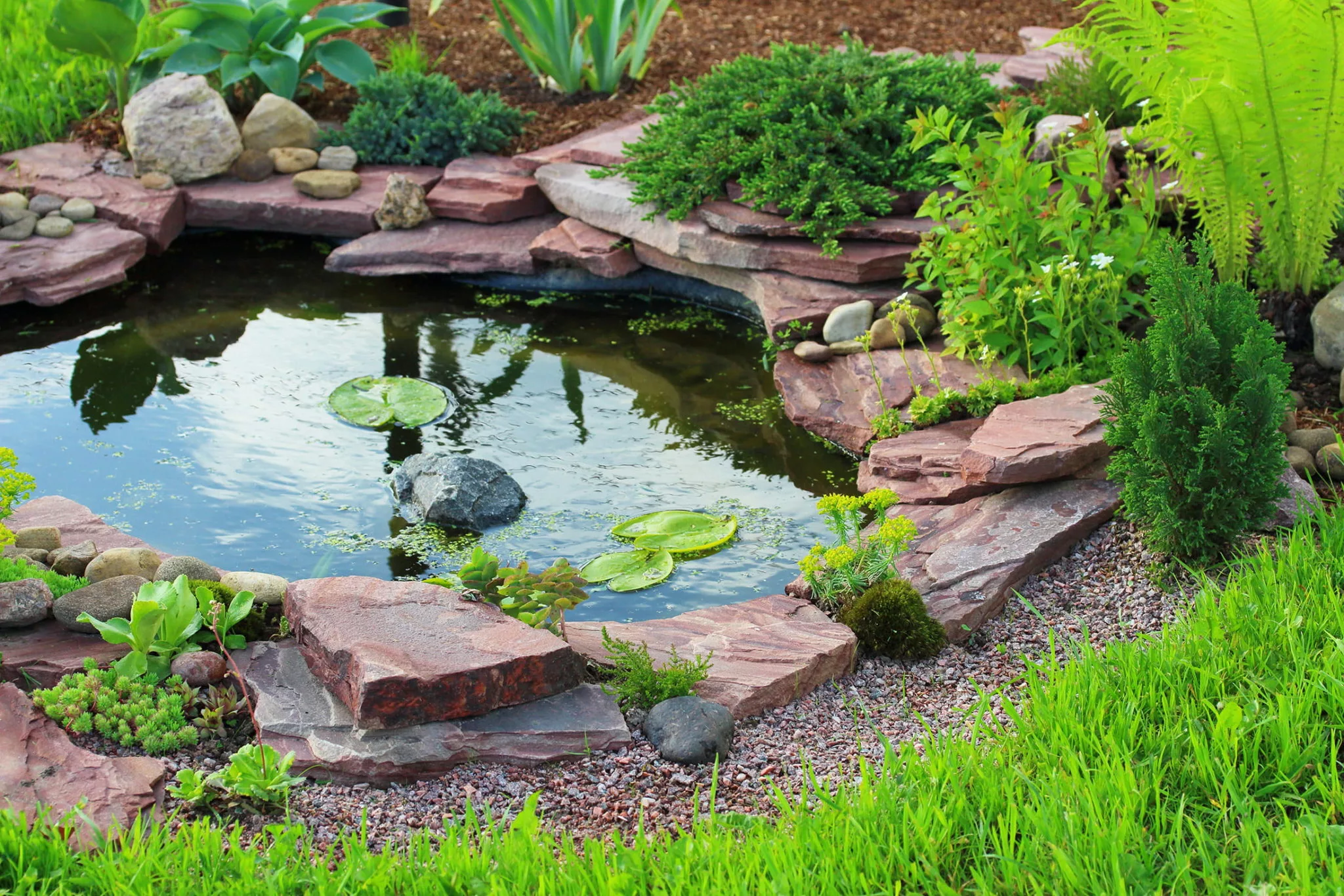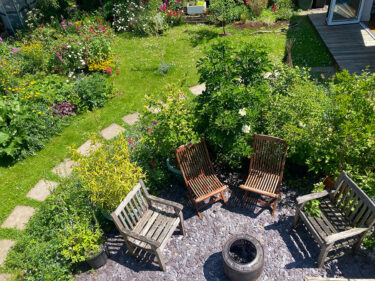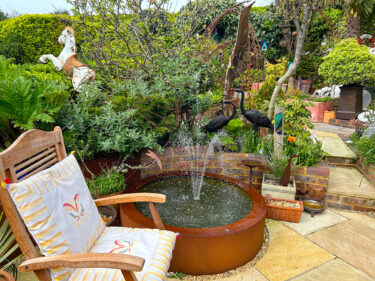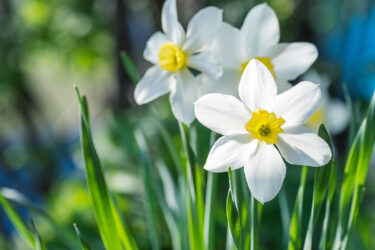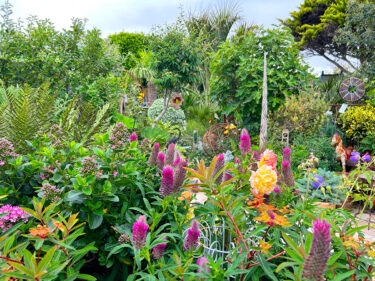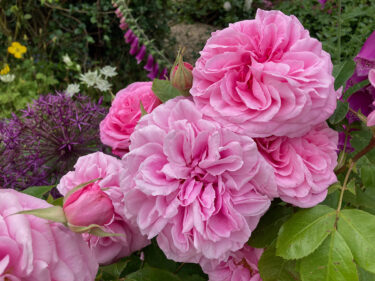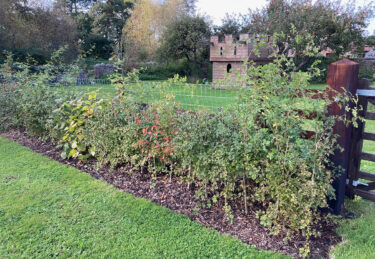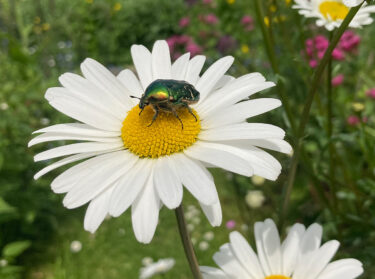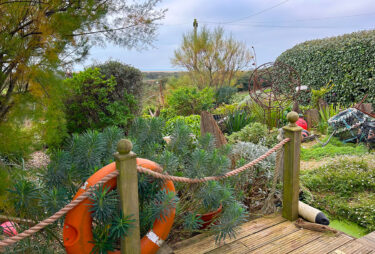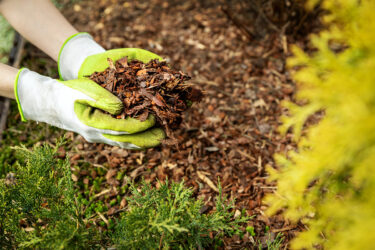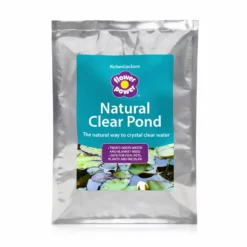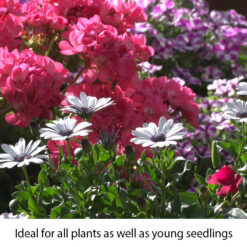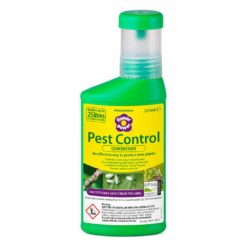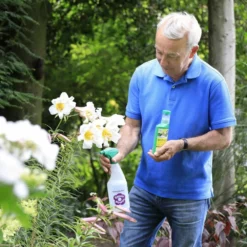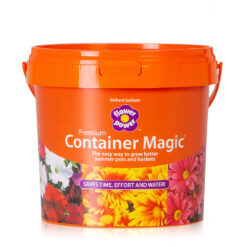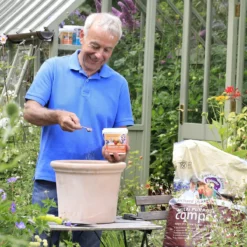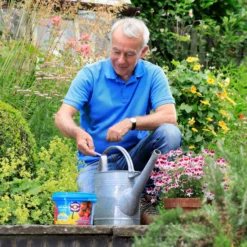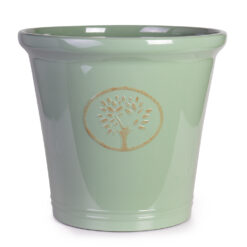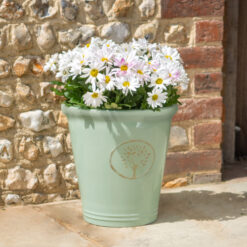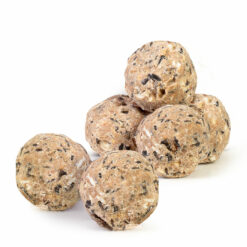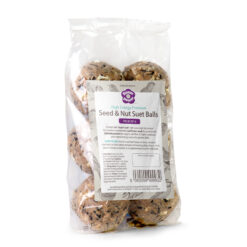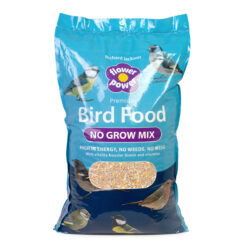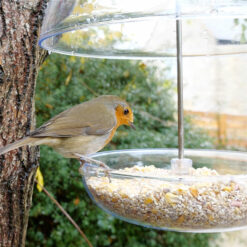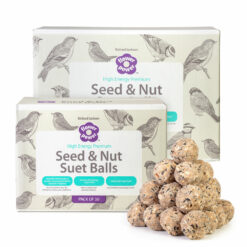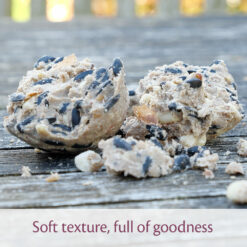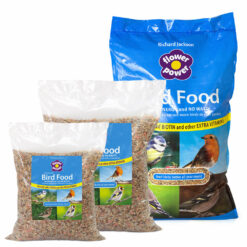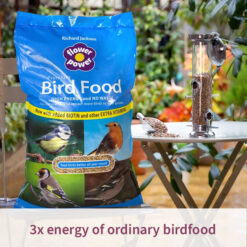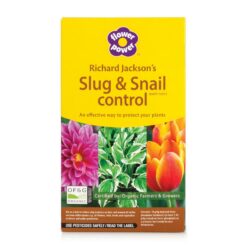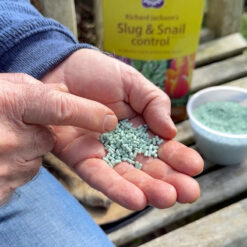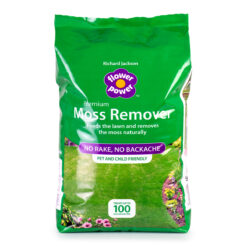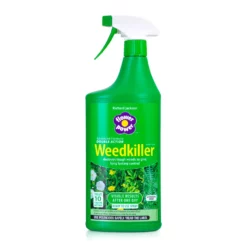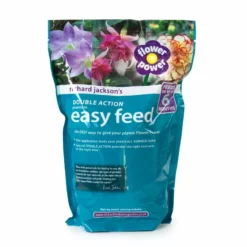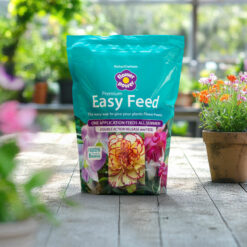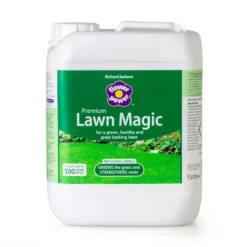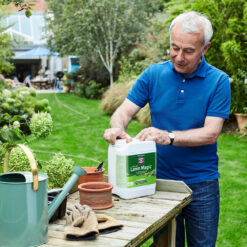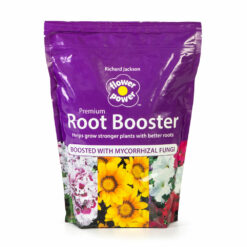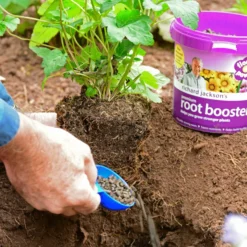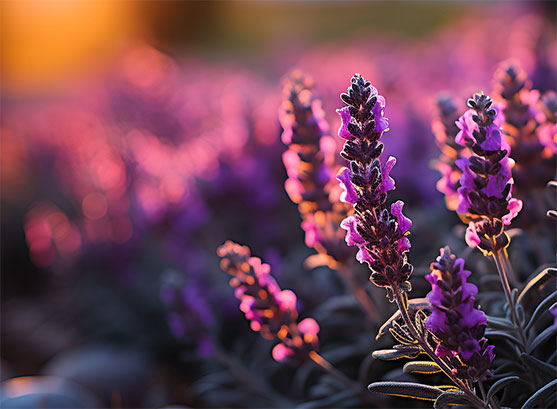Water in the garden is an almost essential requirement if you want to attract a wide range of wildlife to your garden.
My pond is one of the best non-plant features in my garden. On a sunny summer’s day I can literally “waste” hours sitting by it, fascinated by all the life going on “down there”. It’s a natural pond, no fish – although I love watching fish too, but I do that elsewhere – and is more of a wildlife pond.
I’m lucky enough to get regular, annual visits from frogs, toads and newts who then reward me with lots of spawn and subsequent youngsters that I then find all over my garden on their daily pest patrols. But it’s not all about the amphibians that inhabit the pond. Birds regularly visit to drink and bathe, dragonflies and damselflies make use of the surrounding vegetation for resting spots, and the water boatmen and pond skaters that skid across the surface all add to the attraction.
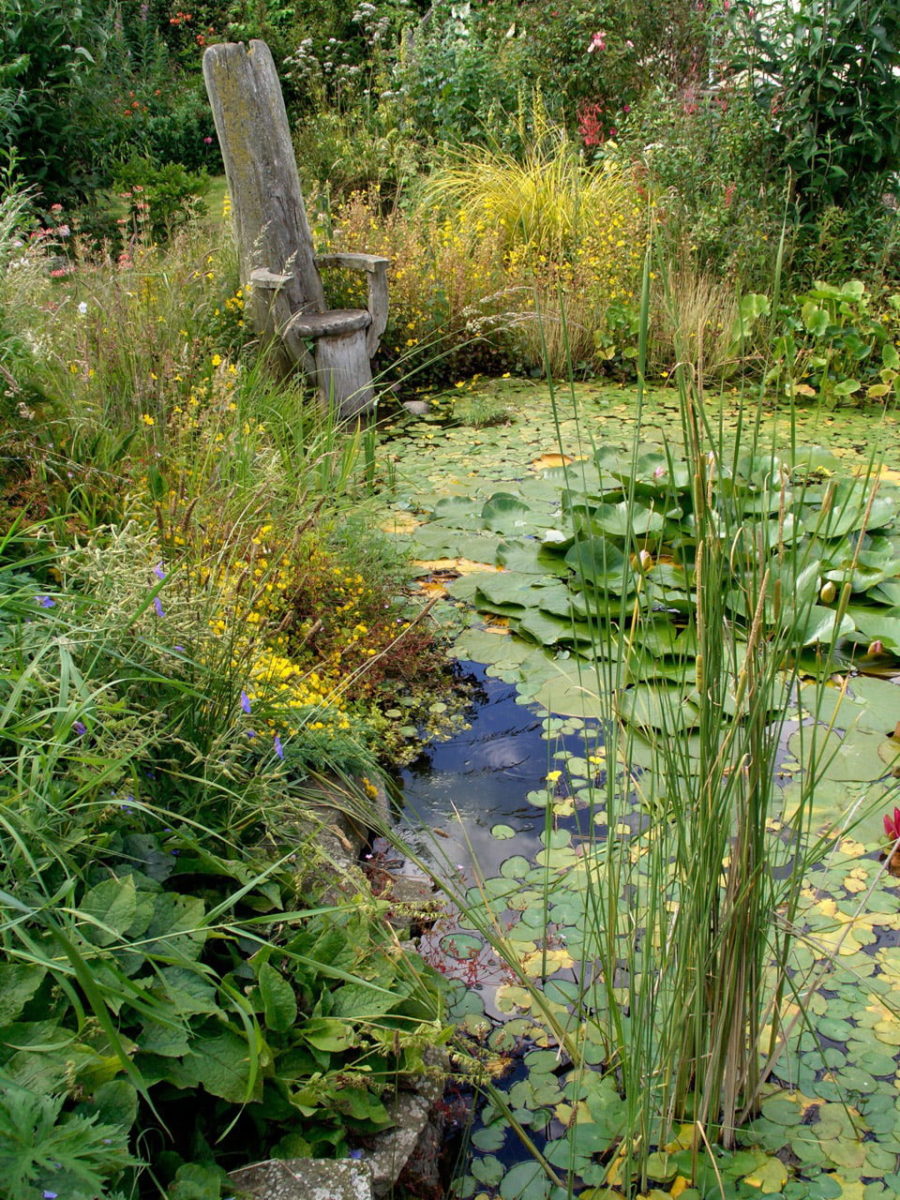
If your water feature has an internal pump, then you can add a fountain or waterfall, which creates the other thing that people tend to rave about – the sound of moving water.
Putting in a pond is a weekend project and well worth the time spent. While using flexible pond liners gives the flexibility of allowing you to create and design a pond of any shape and size, I think pre-formed ponds are much easier to fit. When the liner on my first pond gave up the ghost and sprang leaks everywhere, I opted for a pre-formed “shell” for my current pond.
No room for a pond?
But if you can’t have, or don’t have room for, a full-blown pond, there are lots of other great ways to introduce water into your garden.
A small self-contained water pool or water feature can be a great investment. Sinking a water-tight wooden barrel will work perfectly as a small water feature and attract more wildlife than you would think – or even make a home for a goldfish or two. Or, you could even use an upturned dustbin lid! I know several people who welcome frogs into their dustbin diners every year.
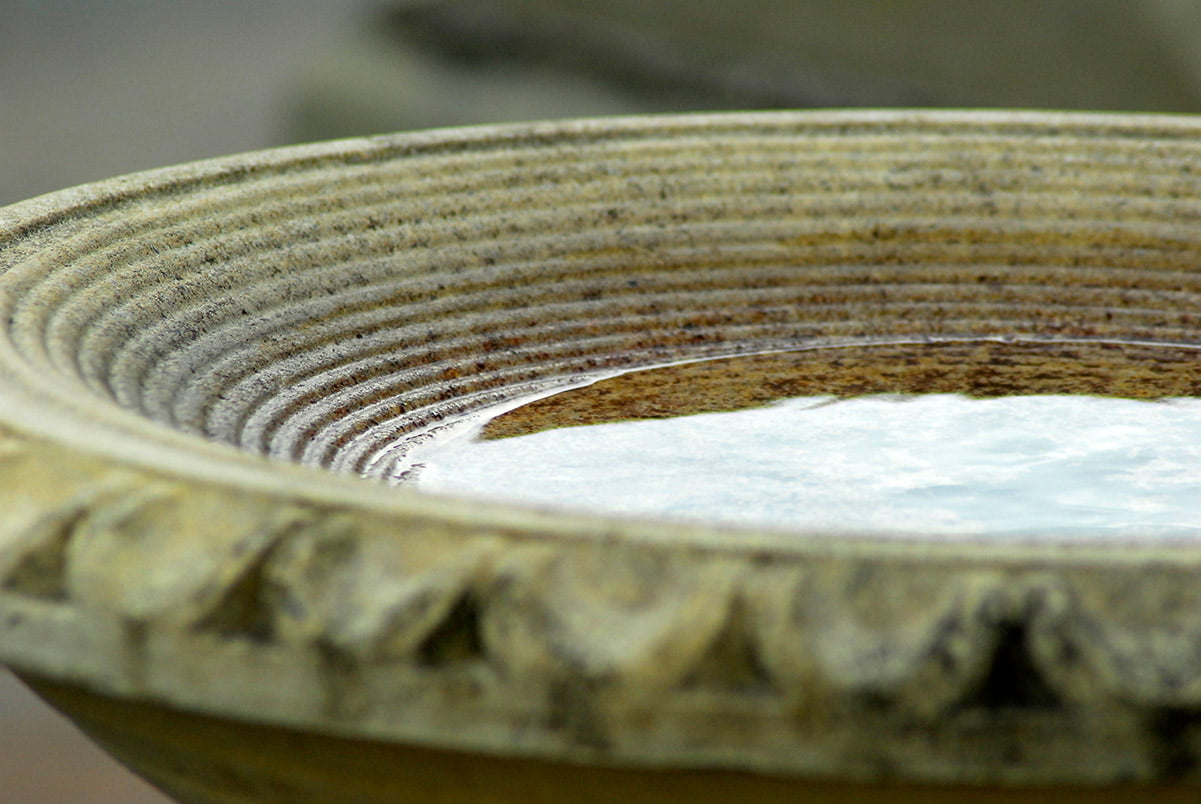
Water formalities
If attracting aquatic life isn’t on your list of priorities, there are lots of great self-contained and even very formal water features of all sizes to go for. These include those made from stone, marble and even stainless steel, such as water walls, tubes and balls where the water flows gently over the surface, adding a delightful shimmering effect. Some even have internal LED lights, ensuring they’re still a feature at night.
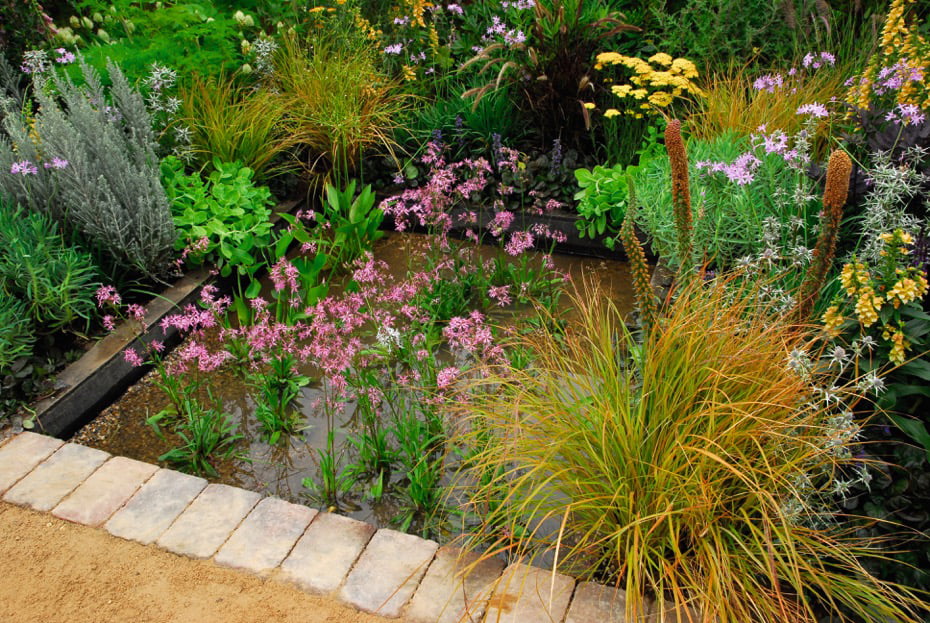
Attracting wildlife
As Kevin Costner famously said in the film Field of Dreams, “If you build it, they will come”. It wasn’t a quote about wildlife, but it’s so true for ponds and other natural water features. Once the water is there, all manner of wildlife will just come and find it by themselves. There’s no need to introduce wildlife, in fact, introducing toad and frog spawn from elsewhere should be avoided as there is the chance of introducing diseases or invasive plants. Amphibians will naturally colonise ponds that are suitable habitats, so make your water hotel as welcoming as possible, and all manner of wildlife will soon move in!
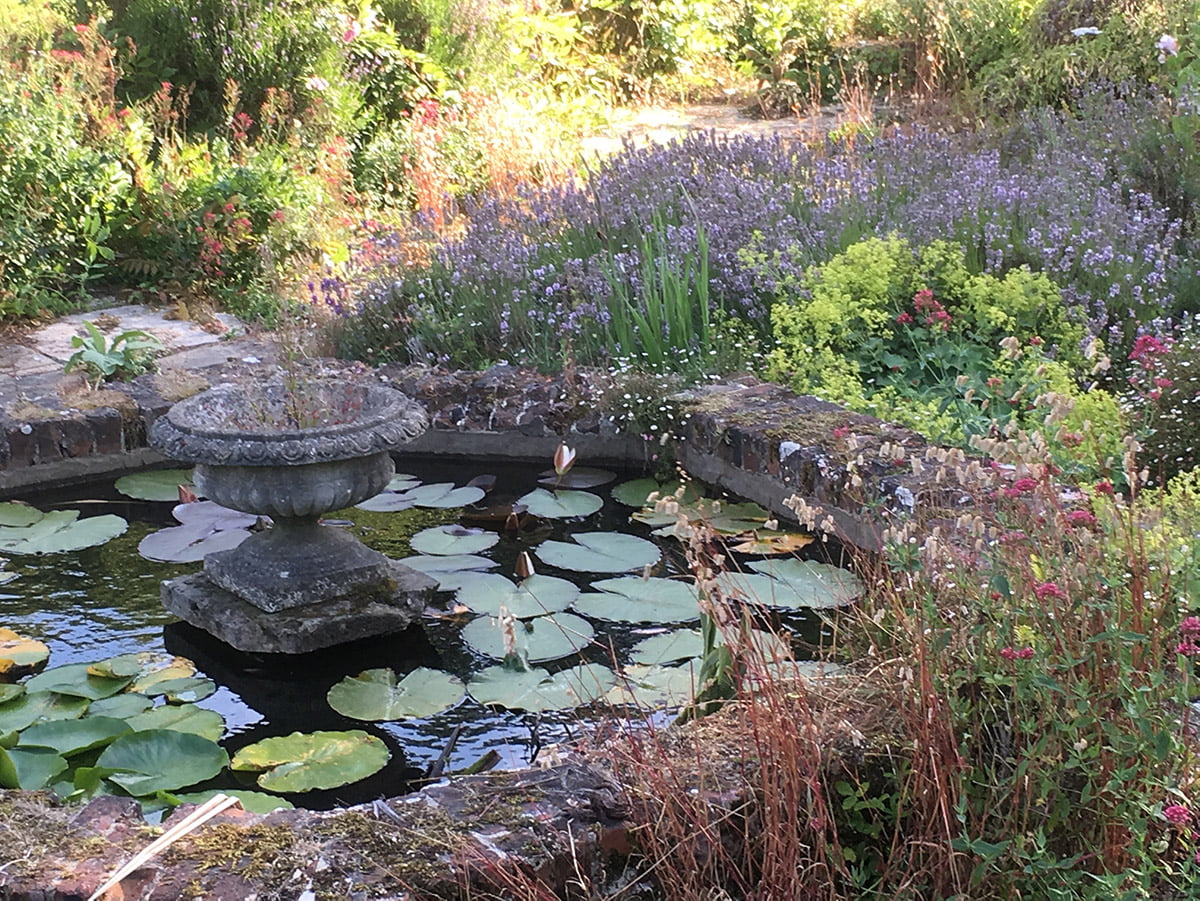
Don’t position it in a hot, sunny position, as some protection from strong sunlight is needed, and don’t sit it on its own in the middle of the garden without some planting around it. Plants will give your visitors some necessary protection, and somewhere to hide away should predators be on the prowl.
And make sure there is some method for those animals who can’t swim and fall in to get out; my pond came with a built-in ramp for easy access and safe exits.
Too green?
One issue that many pond owners face, and sometimes gets them agitated, is the build-up of excess algal growth and subsequent “green water”. This can really spoil your water feature experience. In ponds, this is usually due to the water getting too warm and the build-up of nutrients in the water. To help avoid or reduce this:
- Make your pond as deep as possible – shallow ponds heat up very quickly.
- Cover around 35-50% of the water surface with plants, such as waterlilies and floating aquatics, such as water soldier, water lettuce and water chestnut.
- When potting up aquatic plants, only use aquatic soil/compost, which contains few nutrients.
- Remove any vegetation that gets in the water as soon as possible before it starts to rot – especially fallen leaves in autumn.
- If necessary, add a pond pump and filter, ideally a UV filter.
- A pond pump will also help aerate the water if you add a waterfall and give you the added bonus of the sound of trickling water; but fountains don’t go too well with wildlife ponds or those with waterlilies.
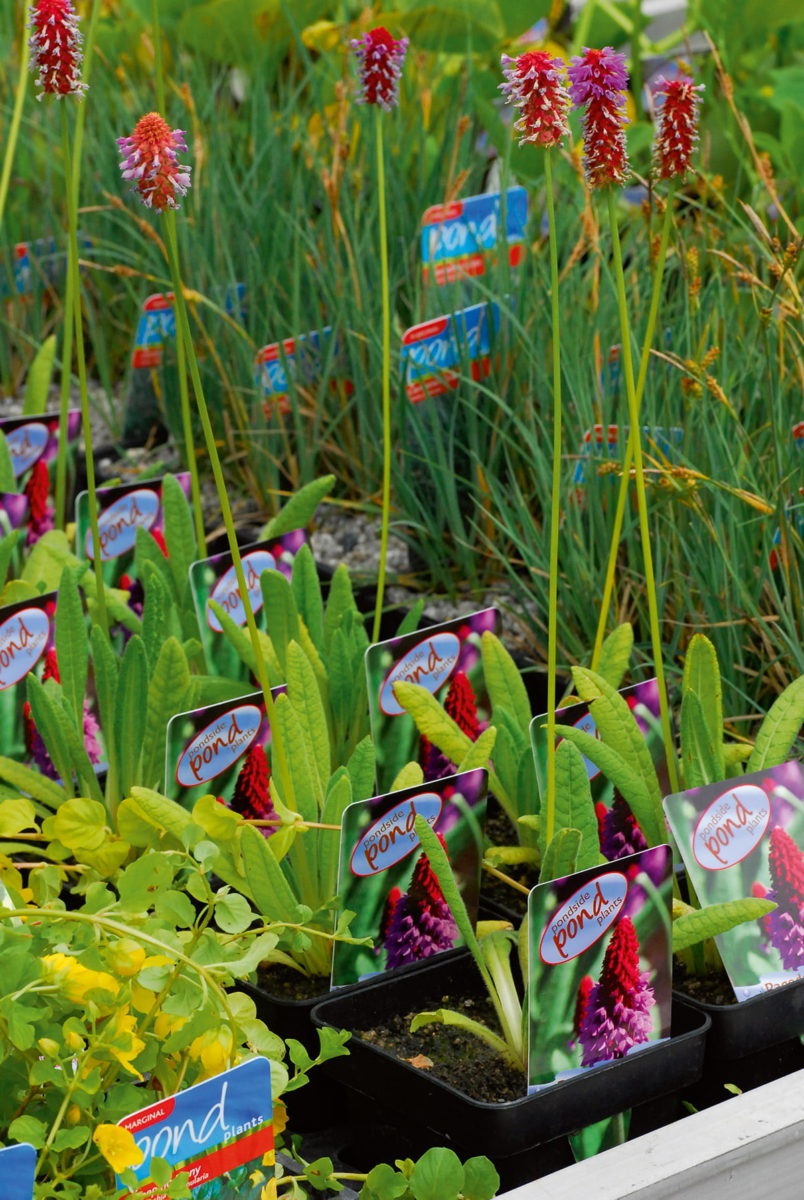
You can buy chemicals that will keep the water clear, although these are best avoided in water features aimed at attracting wildlife. In wildlife ponds, you can use barley straw or extracts of barley instead.
